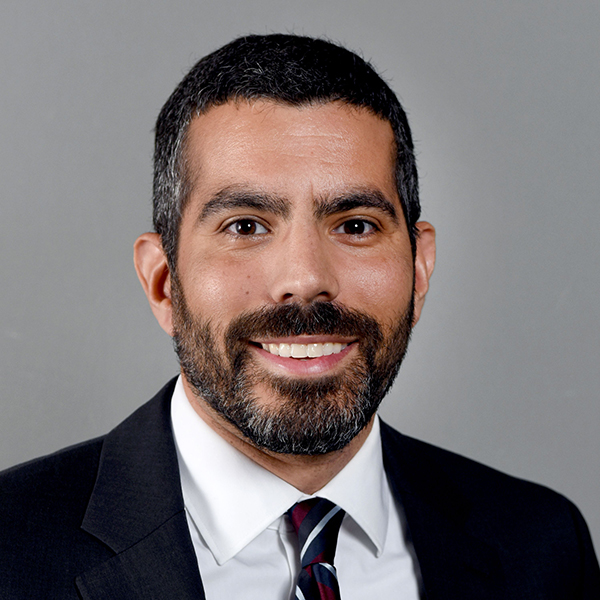Community-Based Automated Information for Urban Flooding
Flooding is the most damaging natural hazard in the U.S. and around the world, and most flood damage occurs in cities. Yet the ability to know when flooding is happening and communicate that risk to the public and first responders is limited. At the same time there is a surge in digitally connected technologies, many at the fingertips of the general public (e.g., smartphones). The need is for new flood information that can be generated from primary observations that are collected in exactly the right places and times to be coupled with the ability to more effectively communicate this risk to communities. This project will develop the Integrated Flood Stage Observation Network (IFSON), a system that can take in crowd-sourced information on flooding (from cameras, a smartphone app, and social media), intelligently assess flood risk (using machine learning), and communicate those risks in real time. IFSON will be scalable to any community or city and will provide a backbone for new crowd-sourced technologies.
This project will i) integrate several new technologies (each that directly engages with different communities) to provide new insights into and communication capacity around urban flooding hazards, ii) connect a range of communities to each other in near-realtime (from the general public to first responders to infrastructure managers) and develop flood sensing and avoidance capacities that can be used anywhere in the U.S. or even internationally, iii) develop new insights into how urban morphology contributes to flood risk, and iv) leverage prior funding by connecting practitioners from existing sustainability research networks and sending data to CUAHSI and eRams. Additionally, this research will develop outreach activities that will educate the public and practitioners on how flooding hazards occur, their impacts, and how to mitigate risks. The research will directly empower and engage local citizens in flood event reporting and response, and explores a concrete model for what it would mean to have a "smart and connected community" for minimizing flood risk. Although driven by a number of novel technologies and techniques, the central focus of this work is on the interface of community with technology and, in particular, how modern network technologies can engage and bring together ordinary citizens, city planners, first responders, and other local stakeholders within a shared, collaboratively constructed information space; a broad range of educational and outreach opportunities are included to engage stakeholders and amplify project impact. In addition to training students through research positions, the project will create a summer Research Experience for Undergraduates (REU) program. It will also connect with national, state, and local societies across a number of disciplines. For example, the project will work with the City of Phoenix during their Monsoon Preparedness day to educate first responders on how to use project results. Interdisciplinary course modules that show how to engage various communities (including the public, first responders, and infrastructure managers) in mitigating flood risk will be developed and disseminated. Additionally, infrastructure managers will be recruited to participate in workshops on how project data will reveal new insights into the condition of infrastructure and what strategies can be employed to reduce hazards.
-
Performance PeriodOctober 2018 - September 2022
-
Arizona State University
-
Award Number1831475
-
 Lead PIMikhail Chester
Lead PIMikhail Chester -
Co-PIThomas Meixner
-
Co-PIRobert Pastel
-
Co-PIChristopher Lowry
-
Co-PIBenjamin Ruddell
Project Material
- Infrastructure resilience to navigate increasingly uncertain and complex conditions in the Anthropocene
- Improving the utility of weather radar for the spatial frequency analysis of extreme precipitation
- Advancing Characterization and Modeling of Space-Time Correlation Structure and Marginal Distribution of Short-Duration Precipitation
- Influence of Precipitation Uncertainty and Land Use Change on the Optimal Catchment Scale Configuration of Green Stormwater Infrastructure
- Effects of stormwater infrastructure data completeness and model resolution on urban flood modeling
- Opportunities for crowdsourcing in urban flood monitoring
- Is Citizen Science Dead?
- Propagation of radar rainfall uncertainties into urban pluvial flood modeling during the North American monsoon
- A synthetic water distribution network model for urban resilience
- Comparison of Local, Regional, and Scaling Models for Rainfall Intensity–Duration–Frequency Analysis
- Infrastructure Interdependency Failures From Extreme Weather Events as a Complex Process
- Keeping infrastructure reliable under climate uncertainty
- Wildfire risk, post-fire debris flows, and transportation infrastructure vulnerability
- Growing Pains of Crowdsourced Stream Stage Monitoring Using Mobile Phones: The Development of CrowdHydrology
- 2021: Community-Based Automated Information for Urban Flooding
- 2022: FloodAware: Community-based Automated Information for Urban Flooding
- 2021: Community-Based Automated Information for Urban Flooding
Dr. Chester is the Director of the Metis Center for Infrastructure and Sustainable Engineering at Arizona State University where he maintains a research program focused on preparing infrastructure and their institutions for the challenges of the coming century. His work spans climate adaptation, disruptive technologies, innovative financing, transitions to agility and flexibility, and modernization of infrastructure management. He is broadly interested in how we need to change infrastructure governance, design, and education for the Anthropocene, an era marked by acceleration and uncertainty. He is co-lead of the Urban Resilience to Extremes research network composed of 19 institutions and 250 researchers across the Americas, focused on developing innovative infrastructure solutions for extreme events. He was awarded the American Society of Civil Engineer’s early career researcher Huber price in 2017.